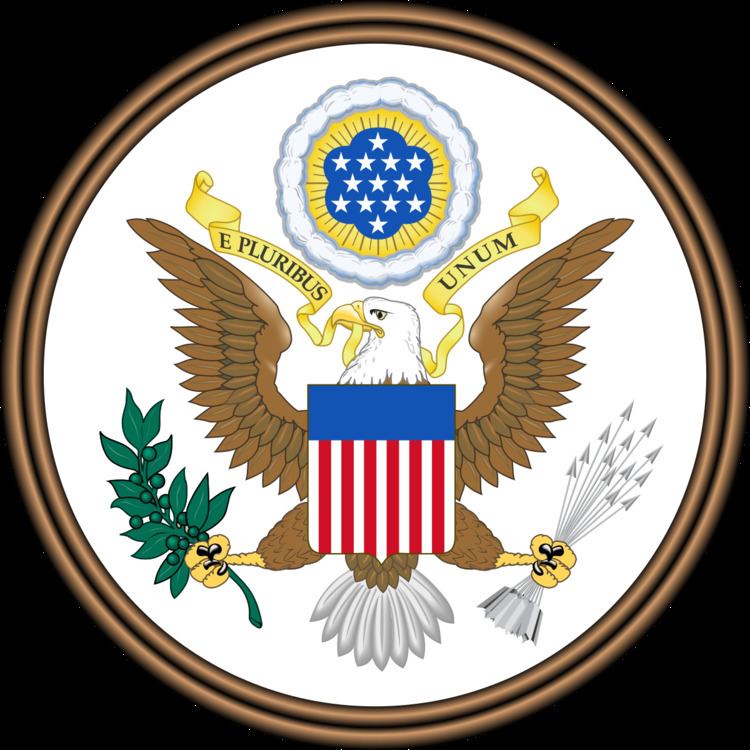Acronyms (colloquial) SSLA, SSLAA Public law 95-203 | Effective November 23, 1977 | |
 | ||
Long title An Act to require studies concerning carcinogenic and other toxic substances in food, the regulation of such food, the impurities in and toxicity of saccharin, and the health benefits, if any, resulting from the use of nonnutritive sweeteners; to prohibit for 18 months the Secretary of Health, Education, and Welfare from taking certain action restricting the continued use of saccharin as a food, drug, and cosmetic; to require certain labels and notices for foods containing saccharin; and for other purposes. Nicknames Saccharin Study, Labeling and Advertising Act Enacted by | ||
Saccharin Study and Labeling Act of 1977 or Saccharin Study, Labeling and Advertising Act was a United States federal statute enacting requirements for a scientific observation regarding the impurities in, potential toxicity, and problematic carcinogenicity of a non-nutritive sweetener better known as saccharin. The Act of Congress invoked an immediate eighteen month moratorium prohibiting the Secretary of Health, Education, and Welfare from pursuing regulatory implications by limiting the production and use of saccharin. The Act codified a warning label requirement advocating the non-nutritive sweetener had been discovered to yield carcinogenicity in laboratory animals.
Contents
- Research Perspective
- Provisions of the Act
- Saccharin and sweetening agent variants
- Saccharin and conduct of study
- Entity to conduct study
- Reports to congressional committees
- Labeling requirement
- Labeling requirement for retail establishments notice and display
- Vending machines and health risk statement requirements
- Information availability and distribution
- Amendments to 1977 Act
- Repeal of Saccharin Clause
- References
The S. 1750 legislation was passed by the 95th Congressional session and signed into law by the 39th President of the United States Jimmy Carter on November 23, 1977.
Research Perspective
In 1948 to 1949, U.S. Food and Drug Administration pathologists conducted laboratory analyses on Osborne-Mendel rat specimens concluding lymphosarcoma after a two year laboratory analysis. In 1951, scientists collaboratively suggested the white crystalline sweetening agent could be a possible carcinogen. In 1958, saccharin was registered Generally Recognized As Safe (GRAS) by decree of the food additives amendment retaining the non-nutritive sweetener as a marketable product for human consumption.
In 1972 to 1973 after much growing concern among the United States population, the U.S. Food and Drug Administration and Wisconsin Alumni Research Foundation (WARF) led carcinogenic studies concluding the incidence of bladder tumors in Charles River Sprague-Dawley rat specimens. As a result of the laboratory analyses, the U.S. Food and Drug Administration revoked the Generally Recognized As Safe (GRAS) classification and imposed regulatory procedures restricting the use of saccharin in food products. In 1974, the National Academy of Sciences published a scientific review emphasizing saccharin could not be identified as the carcinogenic agent of benign tumors and malignant tumors due to equivocal analysis procedures, inadequate scientific experimental design, and potential impurities.
In 1977, the Canadian Health Protection Branch Study was completed on Charles River Sprague-Dawley rat specimens concluding lymphoma in the blood cells. The Canadian carcinogenic study encouraged Canada to remove saccharin as a marketable product for human consumption in 1977.
Provisions of the Act
The Act established criteria for the scientific study of saccharin with key elements regarding the display, notification, and labeling of the non-nutritive sweetener.
Saccharin and sweetening agent variants
'Saccharin' includes calcium saccharin, sodium saccharin, and ammonium saccharin.Saccharin and conduct of study
(A) The Secretary of Health, Education, and Welfare shall arrange an analytical study to be conducted and based on available information of;(B) The Secretary shall arrange a study to be conducted and to determine to the extent feasible of;Entity to conduct study
National Academy of Sciences is to conduct the studies whereby the actual expenses incurred by the Academy directly related to the non-nutritive sweeteners studies will be incurred by the Department of Health, Education, and Welfare. If the National Academy of Sciences declines the request to conduct any such study under such an arrangement, then the Secretary shall enter into a similar arrangement with another appropriate public or nonprofit private entity to conduct the non-nutritive sweeteners study.Reports to congressional committees
Within twelve months of the date of the enactment of the Act a report is to be submitted to the Senate Committee on Human Resources and the House Committee on Interstate and Foreign Commerce;Within fifteen months of the date of the enactment of the Act a report is to be submitted to the Senate Committee on Human Resources and the House Committee on Interstate and Foreign Commerce;Labeling requirement
If product contains saccharin, a label or labeling shall bear the following statement:The statement is to be located in a conspicuous place on such label and labeling as proximate as possible to the name of such food and shall appear in conspicuous and legible type in contrast by typography, layout, and color with other printed matter on such label and labeling.Labeling requirement for retail establishments, notice, and display
Vending machines and health risk statement requirements
Regulation requires vending machines through which food containing saccharin is sold to bear a statement of the risks to health which may be presented by the use of saccharin. Regulation requires such statement to be located in a conspicuous place on such vending machine and as proximate as possible to the name of each food containing saccharin which is sold through such machine. Any food containing saccharin which is sold in a vending machine which does not meet the labeling requirement is to be considered a misbranded food.Information availability and distribution
Amendments to 1977 Act
U.S. Congressional amendments to the Saccharin Study and Labeling Act of 1977.
Repeal of Saccharin Clause
The saccharin health risks clause, 21 U.S.C. § 343a, was repealed by the United States 106th Congressional session enactment of the Consolidated Appropriations Act of 2001. The 2001 Appropriations Act was confirmed as a federal law by the 42nd President of the United States Bill Clinton on December 21, 2000.
